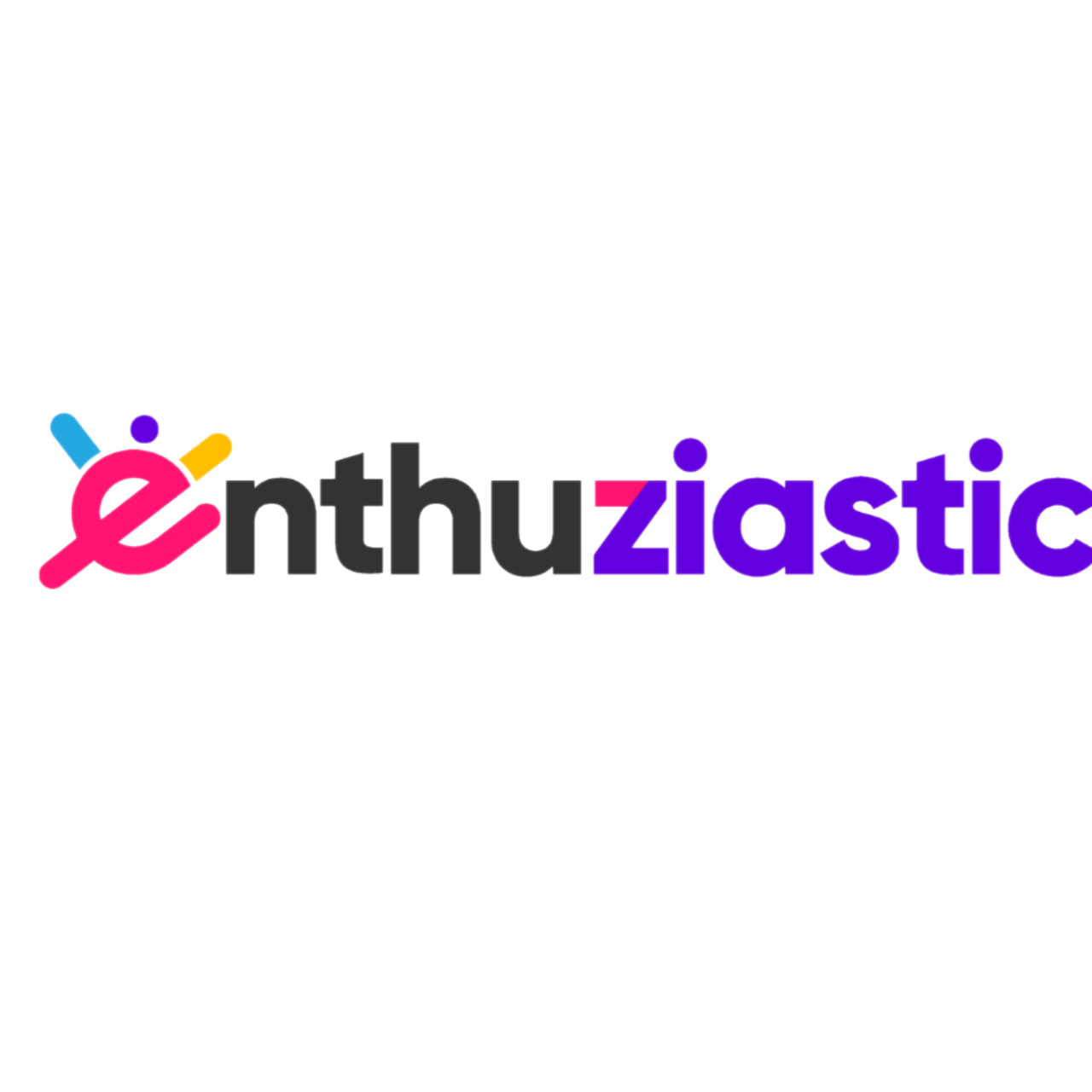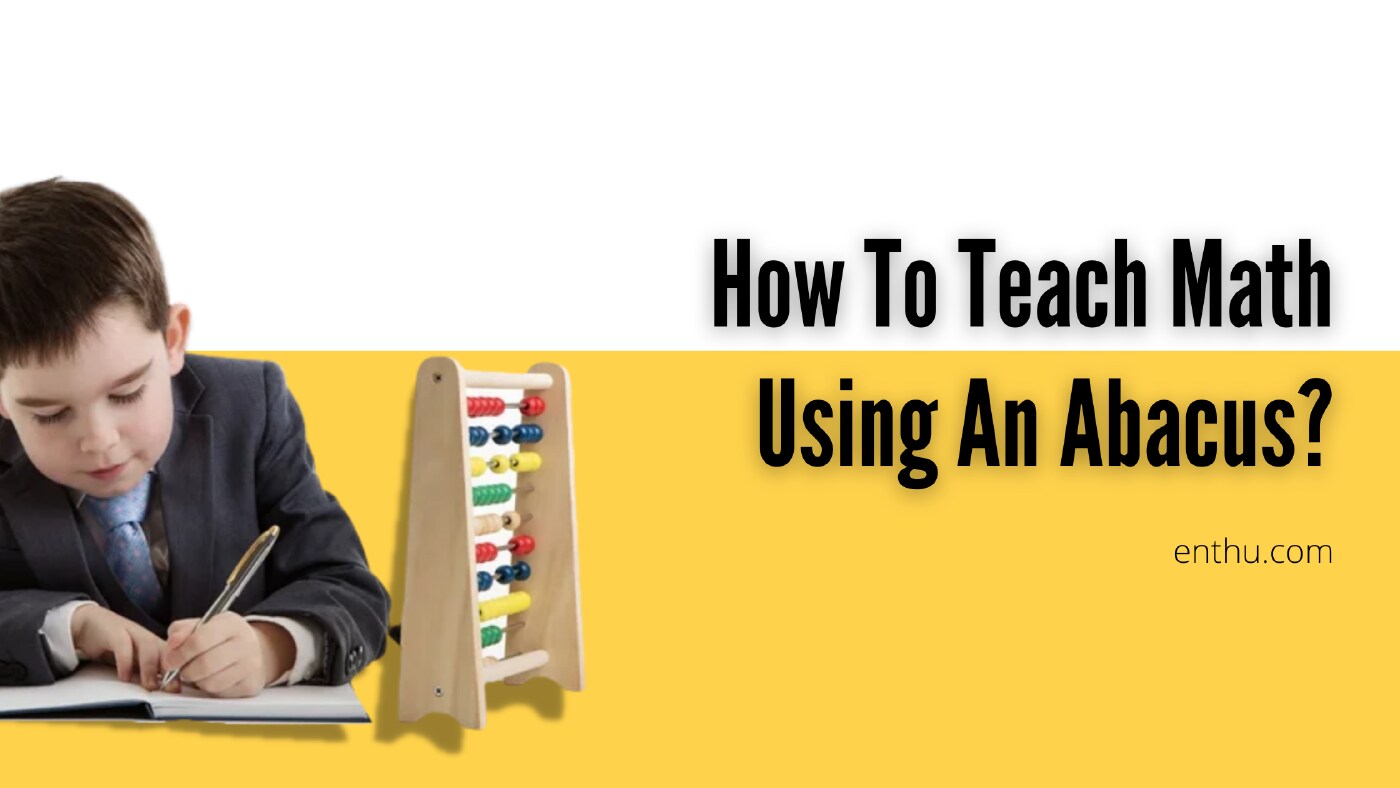Taking the first step of education is always overwhelming, especially for the parents. Even learning the alphabet is hard. And when it comes to mathematics, it’s harder than one thinks. But, hey, dear readers, if one knows how to teach math using an Abacus, you are already halfway to completing your mission mathematics.
A parent often ponders: what is the next step after learning the numbers? How to explain addition and subtraction to a 4-year-old?
Well, here’s your answer—the ancient Abacus.
What is an Abacus?
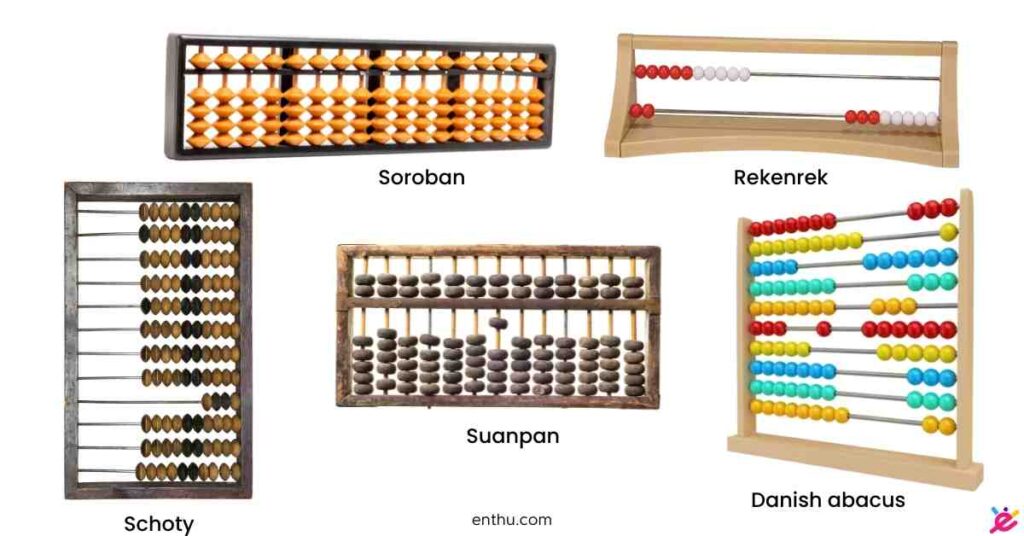
An abacus, also known as a counting frame, is a mathematical tool/device that is presently used for calculating basic mathematics, such as addition, subtraction, multiplication, and division.
The word “Abacus” came from the Latin word ‘abax’ meaning ‘bacon.’
This thousand-year-old calculating tool was widely used in ancient Asia. Although it was invented to perform necessary calculations, at present, it is mostly used to teach kindergarteners and preschoolers and for various brain development programs.
Originally, the Abacus method meant using pebbles or beans on wooden tables or ground to calculate. But now, it is a vertically organized rectangular frame with beads.
Learn about the various Types of Abacus
Why should you use an Abacus?
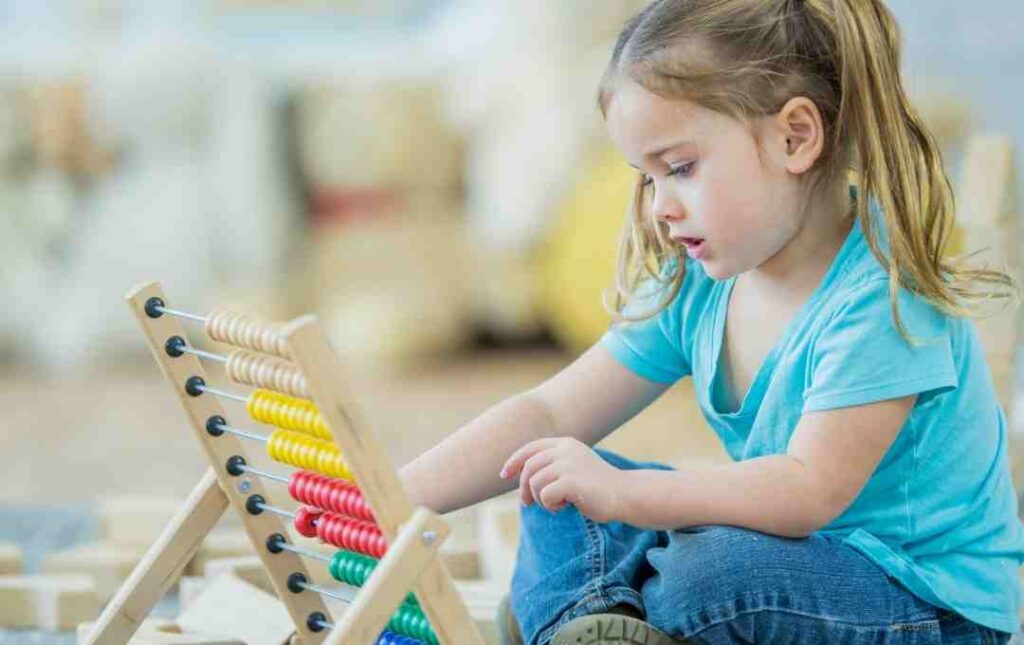
Using an Abacus counting frame has multiple benefits:
1. Helps to understand better: At an early age, most children are encouraged to rote-learn mathematical tables, like multiplication tables. As a result, our little ones find calculations very confusing and difficult. But, if you use an Abacus, even if they don’t memorize the tables right away, they will definitely understand the explanation behind it.
The Perfect Age to learn using an Abacus is 3 years-old
2. Makes mathematics fun: A counting frame provides the children to learn calculation by solving it practically using the beads. Therefore, the process of solving problems becomes more fun for them.
3. Teaches to calculate mentally: Using an Abacus at an early stage helps the little ones to create a mental picture of calculations. Afterwards, as they grow up, it becomes easier for them to calculate mentally.
4. Boosts confidence: As arithmetic has always been one of the toughest subjects at schools, most kids end up losing interest when they find it difficult. However, students who use Abacus in their primary classes feel more confident in mathematics than other kids.
5. It helps children with Dyslexia. As many dyslexic children respond to the learning process through touching, an Abacus can be a good tool while introducing them to mathematical calculations.
Using an Abacus enhances Cognitive Development
A few Common Abacus Calculation Methods
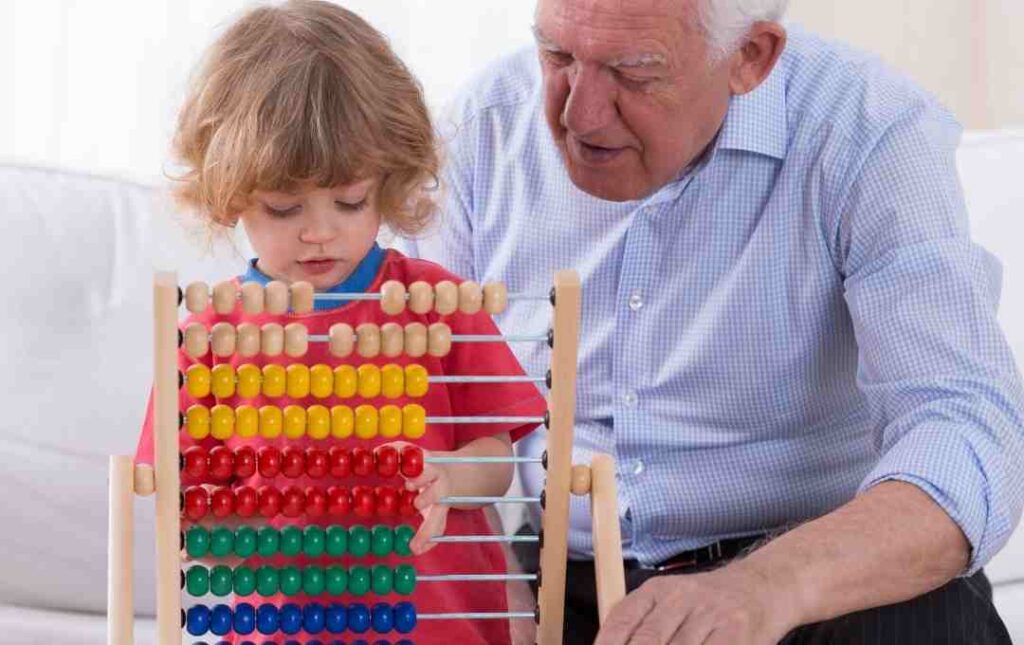
1. The 10 Method: This is mostly used for teaching addition and subtraction.
Let’s look at an example.
Let’s say you want to add 9 + 4. So, first, arrange 4 and 9 beads on the first two rows of the counting frame. Then, take a bead from the 4 beads row to the 9 beads row. Now, what happens?
The 9 beads become a full 10, and the 4 becomes a 3.
This is how you can teach your child 9 + 4 = 10 + 3 = 13.
2. The Two 5s Method: To understand this method, try adding 7+8. Begin by arranging 7 and 8 beads on the first two rows. Once you have that, separate the first 5 beads of each row, which makes it two 5 and becomes a complete 10. Now, the remaining beads add up to 5, giving a sum of 15.
What can you teach on an Abacus Counting Frame?
1. Multiplication: I think an Abacus is the easiest way to teach multiplication.
Ask your child to arrange 3 beads on 4 different rows and then ask them to count. In this process, they will have a mental picture of how 4 times 3 makes a 12.
Want to learn How to Multiply on an Abacus?
2. You can teach places values.
Teaching place values can be one of the most difficult levels in beginner’s mathematics. I suggest you try the Abacus counting frame.
For example, you can put 1 bead in 10 rows and explain how 10 ones become 1 ten. Also, ask them to arrange 10 beads in 10 rows and show how 10 tens become 1 hundred.
3. Teach them to add bigger numbers. Let’s try to add 89+69.
On the first row, arrange 9 beads, and the second row keep 8 beads. Begin with first and add5 beads to the 9, which makes it a total of 14 beads. Let’s keep the digit 4 in hand and move on 1 to 8, making it 9 beads.
Next, add 9+6, making it to 15 beads. Therefore, the result we get is 154.
To know more about how to use an abacus, please read How to use an abacus for basic math operations.
Conclusion
On the whole, Abacus is another world of Mathematics. By learning to use this tool, children and adults not only learn the basics but also learn to calculate faster in their minds without using any pen and paper. Moreover, learning abacus has so many perks, especially if you want your child to feel confident.
P.S. Dear reader, if you aren’t trained to use an Abacus counting frame, I suggest you go for a professional Abacus mathematician.

